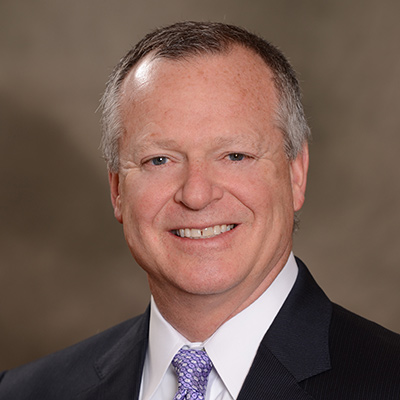Joe Fifer: Cost effectiveness of health: Why now?

Joseph J. Fifer
There is greater awareness of social determinants of health (SDoH) in healthcare circles today than ever before. How can we translate this heightened awareness to action?
Quick review: SDoH encompasses the conditions in the environments where people are born, live, learn, play, worship and age. These conditions have traditionally been outside the domain of hospitals and health systems. Yet because they account for 60% of an individual’s health status, our nation cannot expect to achieve cost effectiveness of health (CEoH) without concerted efforts to address SDoH. To improve population health, reduce the growth of national healthcare expenditures and achieve CEoH, we must, as a nation, address upstream factors such as SDoH more effectively.
This is a call to action for healthcare leaders: It’s time to make a choice about your role in addressing SDoH. As I see it, there are three options.
Option 1: The default option is to maintain the status quo. Stay in the healthcare business and continue with fee-for-service (FFS) payment, even though it does not support SDoH. This may seem like a reasonable choice for some. After all, FFS payment isn’t going away yet. Only about 11% of healthcare payments made through private health plans flowed through an alternative payment model with two-sided risk in 2020. The rest flowed through models built on a FFS chassis.
Option 2: Decline to be a part of the solution. Unlike the default choice, decliners accept the premise that the current state of affairs is unsustainable, and they understand the implications. But they feel powerless to do anything about the problem. They are acquiescing to a future for their organization that they have no role in shaping.
Option 3. Decide to deal with it. Take on the challenge of managing your organization’s margin now and simultaneously preparing it to thrive in the risk-bearing environment that is slowly emerging. Investing in SDOH — often in partnership with community agencies and health plans — and accepting risk are essential elements of success for provider organizations. Taking these steps will reveal that there is margin opportunity in operating with a cost-effectiveness-of-health mindset. In other words, it is the right strategic direction to adopt.
If you’re willing to accept the challenge, how do you move forward? On a practical level, this choice means developing the willingness to take risk, investing in analytics to make data-driven decisions and seeking out prospective partner organizations, including health plans.
Taking short-term risks can be necessary and appropriate when the goal is to carve out a long-term role in a healthcare ecosystem built around cost-effective health. Keep in mind that it’s not change itself that most people struggle with; it’s change that happens to us. This is your opportunity to translate knowledge to action and to help shape the change. Don’t let it pass you by.





